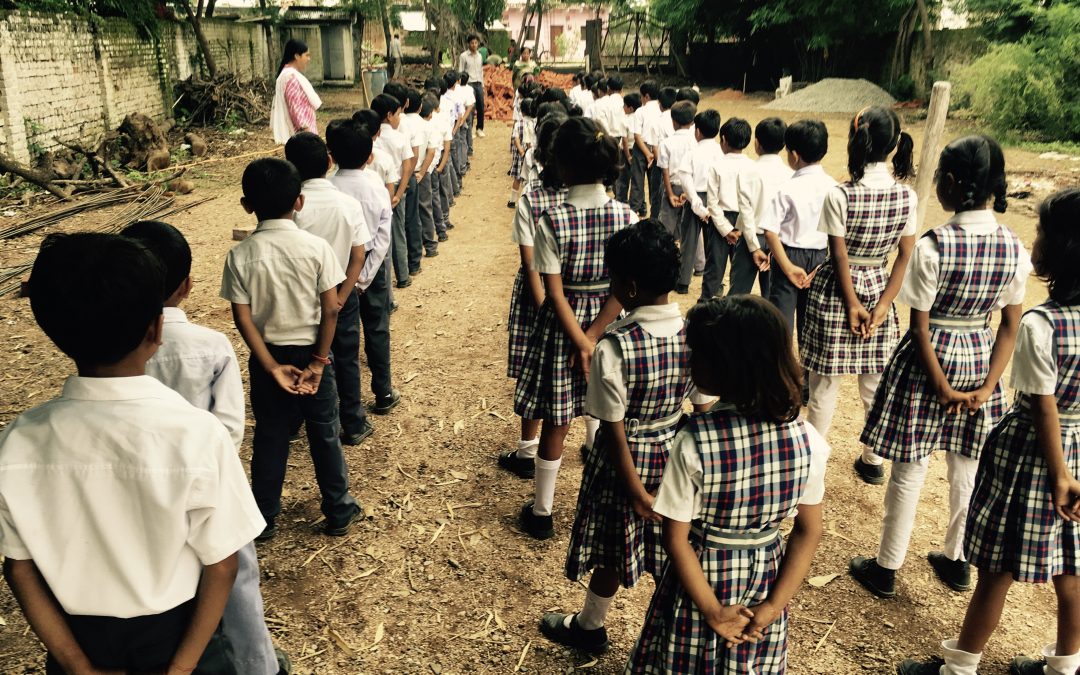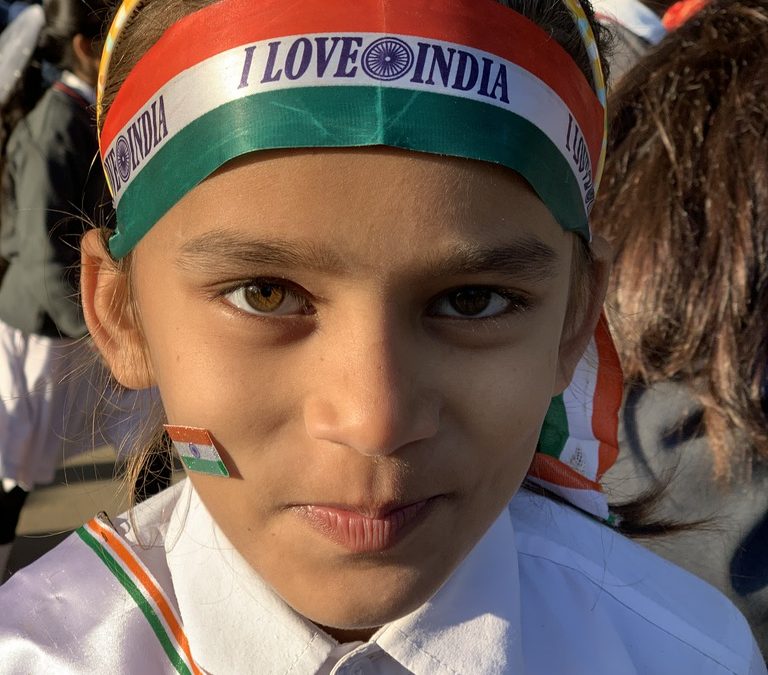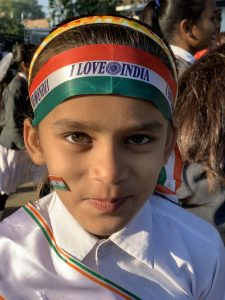Today is the Birthday of Swami Vivekanand.
Swami Vivekanand: A Hero of Humanity
(by Sanjana Agrawal)
Swami Vivekanand’s birth as Narendranath Dutta was an Indian monk, reformer, philosopher, and one of the most celebrated spiritual leaders of India. He was an inspiring personality and is well known both in India and America since the last decade of the nineteenth century. He is an example of a person who despite having a short life, lived it to the fullest. He taught unconditional love, how to be a better person, and reinforced the importance of giving back to society.
Narendranath Dutt was born into an affluent Bengali family on January 12,1863 in Calcutta (now known as Kolkata), in West Bengal. His parents were Vishwanath Dutt and Bhuvaneshwari Deri. His father was a successful attorney and his mother was a strong, endowed, woman with a God-fearing mind who had a great impact on her son.
He went to Calcutta Metropolitan School for his early education and later enrolled the Presidency College of Calcutta. IN 1880, he joined Keshab-Chandra Sen’s Nava Vidhan and also became a member of Sadharan Brahma Samaj led by Keshab Chandra Sen and Debendranath Tagore. In 1881, he passed the fine arts examinations and completed a Bachelor of Arts degree in 1884. he was a sharp, intellectual student and was interested in music as well as excelling in studies. He also scrutinized Hindu scriptures — the Upnishads on one hand while on the other hand he studied western philosophy and spirituality.
As he grew up, his knowledge led him to questions about the existence of God. Investigating this, he met many monks but none of them could provide answers to his deep questions. As he met Ramakrishna Paramhansa at Dakshineshwar kali temple he asked him the same question: ” Have you seen the God? ” He was given a simple answer, ” Yes,I have seen. I have seen God as clearly as I see you, only in a much deeper sense. ” This inspired Vivekanand to continue meeting him.
In 1884, when his father died, there were many financial crises in his family and that was the turning point in his life as he accepted Ramakrishna Paramhans as his life-mentor. One year later, In 1885, Ramakrishna suffered from throat cancer and was transferred to Calcutta. His disciples took care of him. Ramakrishna gave up his life on 16 August, 1886. After this incident they all started to live together and they performed math, Yoga and meditation. But, after some time he left this and decided to tour around the world to know about several societies and cultures, and also understand and practice what is common in their daily life. Vivekanand carried out his “free-thinking” philosophy into a new paradigm. He went off to Chicago USA to attend the meeting of the World Parliament Organization.
On 11 September 1893, in Chicago, Swami Vivekanand gave an outstanding speech full of wisdom. He started his speech by addressing the audience as “brothers and sisters of America”. in his speech, he described the principles of Vedanta. This led to a huge silence amongst the crowd, and at the end he received a standing ovation.
When he returned to India in 1897, he founded Ramakrishna Mission in Belur Math, Calcutta. The main vision of the mission was to love life, focus on the significance of the individual — his presence and abilities. A school, college, and hospital was established under this. In the mission, his teaching was purposely based on the Vedanta and spiritual teaching of Ramakrishna.
On the evening of 4 July, 1902, he died at the age of 39 while performing mediation at Belur Math, Calcutta. He attained Mahasamadhi, and was cremated on the banks of the river Ganga.
Here are some additional stories and facts about Swami Vivekanand:
- He was a very naughty and angry boy during his childhood. His mother poured cold water on him and said “Om Namah Shivay” to make him calm down.
- When his father died, his family faced financial hardship. He went to Ramakrishnappa to ask for help, but was refused because he was too to pray for himself, not for wealth, but for a deeper conscience and reclusion. That was a turning point for him.
- Once when Swamiji went to America, a woman expressed her desire to marry him because she wanted a son like him. So he answered her by saying that he was a monk which prevented him from marrying, but she can always think of him as her son.
- His birthday, 12 January, is also celebrated on National Youth Day starting in 1984 out of respect and acknowledgement of his philosophy and ideas for which he lived and worked.
This essay was written by Sanjana Agrawal (who also celebrates her birthday today ;^). Thank you Sanjana for sharing your article with us.


 In my opinion, education is an important tool with the help of which you (I say “you” because we are all educators in one way or another) can impact and develop the character of a human being in a formidable way. That is why it becomes very important for us to not only provide an academic education, but to also impart good morals, values, and ethics to our students and children to ensure that India has solidly ethical and morally mature youngsters coming up through the pipeline to serve our country well in the future. This is the need of the hour! We must not delay.
In my opinion, education is an important tool with the help of which you (I say “you” because we are all educators in one way or another) can impact and develop the character of a human being in a formidable way. That is why it becomes very important for us to not only provide an academic education, but to also impart good morals, values, and ethics to our students and children to ensure that India has solidly ethical and morally mature youngsters coming up through the pipeline to serve our country well in the future. This is the need of the hour! We must not delay.